Congratulations!
You’ve made it through:
- Containers & Docker
- Pods
- Nodes & Clusters
- Deployments & ReplicaSets
- Services
- ConfigMaps & Secrets
You’ve just unlocked the foundation of Kubernetes.
But Kubernetes is big. It’s normal to now think:
“What do I do next? How do I go from basics to real-world skills?”
This post will give you the answer.
The Kubernetes Learning Roadmap
Here’s a simple path we recommend:
1️⃣ Beginner Stage: Solidify the Core
What to learn next:
- Understand Namespaces (
kubectl get ns) - Practice creating Pods, Deployments, Services
- Play with ConfigMaps & Secrets
- Understand CrashLoopBackOff, Pending Pod errors
Tools:
👉 KodeKloud Kubernetes Free Labs
👉 Kubernetes Playground
Goal: Be confident to deploy small apps on Kubernetes.
2️⃣ Advanced Beginner Stage: Start Real-World Projects
What to explore:
- Volumes & Persistent Storage
- Kubernetes Networking basics
- Rolling Updates & Rollbacks
- Horizontal Pod Autoscaling
Tools:
👉 KodeKloud Kubernetes Learning Path
Goal: Run small microservices apps in Kubernetes with persistence & scaling.
3️⃣ Intermediate Stage: Kubernetes in Production
What to master:
- Ingress Controllers
- Network Policies
- Pod Security & RBAC
- Monitoring with Prometheus + Grafana
- Troubleshooting broken apps in Kubernetes
- Helm charts for deploying apps
Certification Tip: Start preparing for CKA (Certified Kubernetes Administrator).
Tools:
👉 KodeKloud CKA Course
👉 Official Kubernetes Docs
Goal: Be job-ready for DevOps & Cloud Native roles.
Bonus: Printable Kubernetes Learning Checklist
We recommend keeping this simple checklist as your personal tracker:
[ ] I understand Containers & Docker[ ] I know how to use kubectl[ ] I can create and manage Pods[ ] I know how Deployments & ReplicaSets work[ ] I can expose apps using Services[ ] I can manage ConfigMaps & Secrets[ ] I understand Clusters, Nodes, and the Control Plane[ ] I’ve tried Kubernetes labs or playgrounds[ ] I’ve deployed a real-world app in Kubernetes[ ] I’m exploring intermediate concepts (Volumes, Ingress, Monitoring)
👉 Pro tip: Print it or keep it in Notion/GitHub and check items off as you progress!
Final Words of Encouragement
Kubernetes is NOT something you master overnight.
The key is consistent practice + real projects.
Even learning these basics puts you ahead of most beginner engineers.
Where to Go From Here
- 🔎 Keep practicing in the KodeKloud Playground
- 🎥 Watch Kubernetes beginner & intermediate videos on our KodeKloud YouTube channel
- 💻 Enroll in guided courses & labs on kodekloud.com
You’ve started your Cloud Native journey — keep going.
We’ll be here to help every step of the way.
New here? Start from Day 1 and catch up on the series:
Day 1: What Is Kubernetes & Why Should You Care?
Discover why Kubernetes matters and how it changes the game.
Day 2: What Are Pods in Kubernetes?
Understand the smallest deployable unit in Kubernetes.
Day 3: Understanding Nodes, Clusters & the Kubernetes Control Plane
See how all the pieces connect behind the scenes.
Day 4: Deployments & ReplicaSets — How Kubernetes Runs and Manages Your App
⚙Learn how Kubernetes keeps your apps running smoothly.
Day 5: Kubernetes Services — How Your App Gets a Stable IP or URL
Discover how Services expose and connect your app reliably.
Day 6: ConfigMaps & Secrets — Managing App Settings and Sensitive Data
Learn how to securely manage configuration data and sensitive information in Kubernetes.


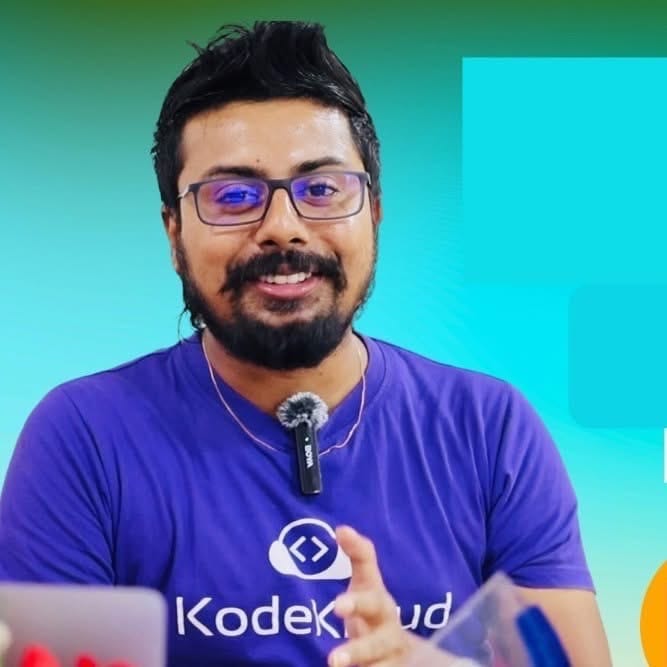


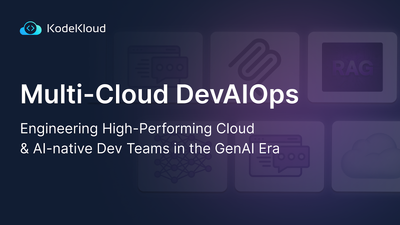

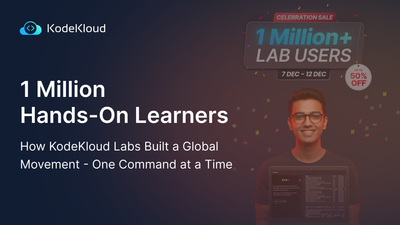
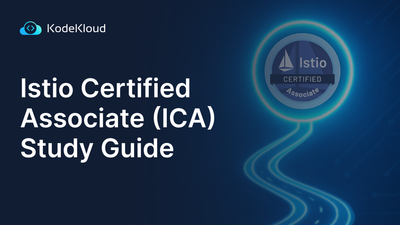



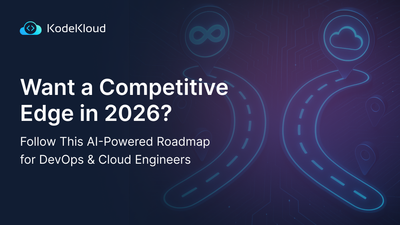
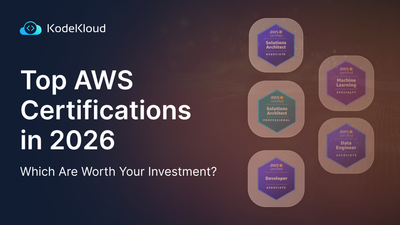
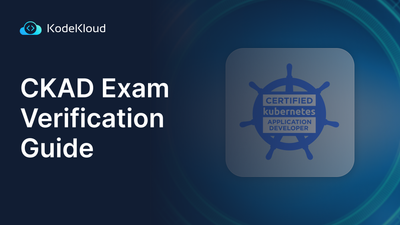
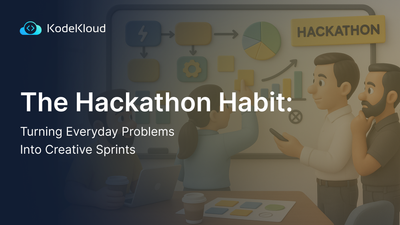
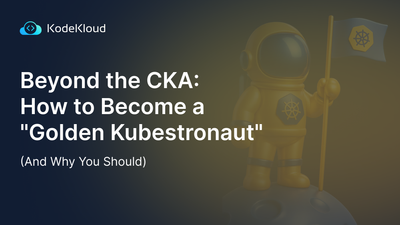
Discussion